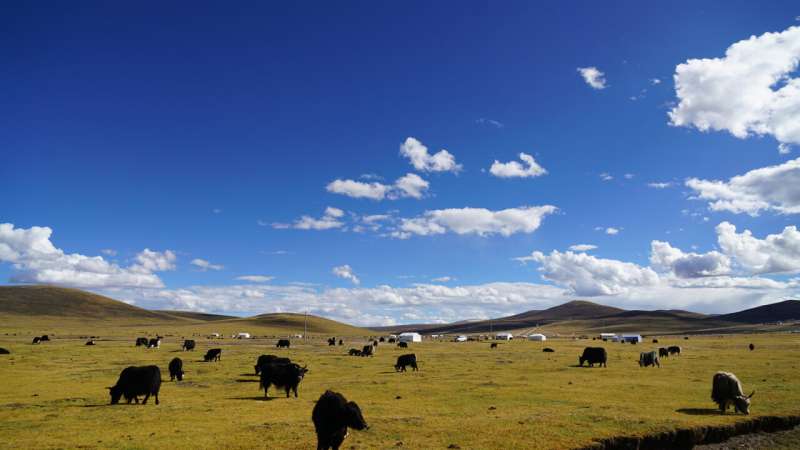Yaks and tents grace the Autumn pastures of the Qinghai-Tibetan Plateau in China’s northwest, a region known as the “roof of the world.” This vast plateau, five times the size of France, is home to a rich diversity of rare plants and wildlife, serving as a crucial water source for over 2.5 billion people.
However, the delicate ecosystem of the plateau is facing threats from climate change and overgrazing by livestock. Efforts by the government to restore biodiversity and soil fertility are underway, but the lack of involvement from local communities has hindered progress.
A collaborative research team, consisting of local Tibetans and scholars from the UK and China, has been studying pastoral communities on the plateau for years. Their research, recently published in the journal People and Nature, highlights the importance of community engagement in ecosystem restoration.
The findings reveal that local community members play a vital role in successful restoration projects. Key individuals within these communities act as “brokers,” sharing information and forming partnerships to promote techniques like grassland replanting that align with local cultural values.
By combining traditional knowledge with scientific expertise, these partnerships are paving the way for sustainable ecosystem restoration on the Qinghai-Tibetan Plateau.
2024-07-08 01:15:02
Article from phys.org





















